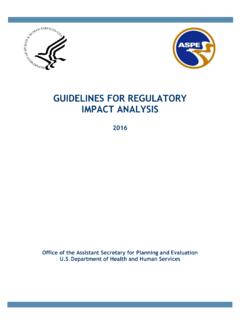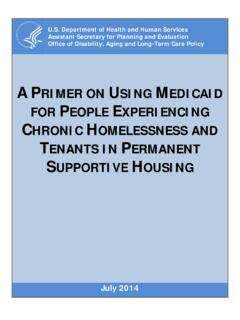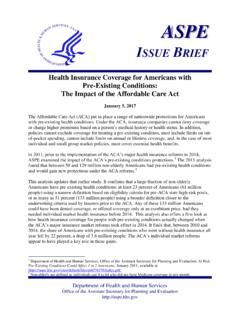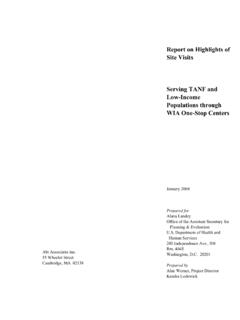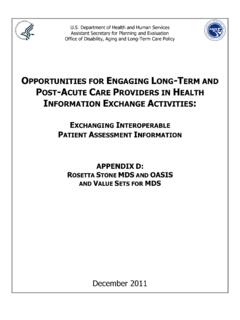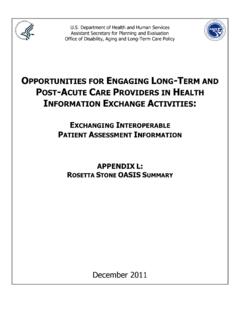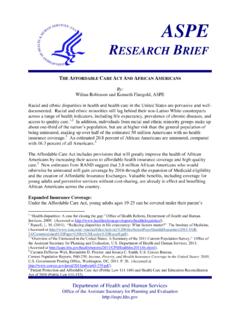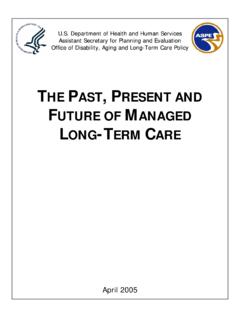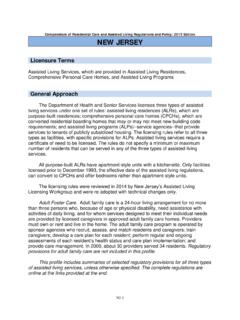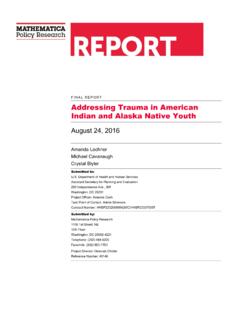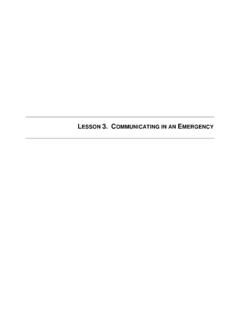Transcription of Internet Access Among Low Income - ASPE
1 Office of the Assistant Secretary for Planning & Evaluation Department of health & Human Services People in Low- Income Households Have Less Access to Internet Services By Kendall Swenson and Robin Ghertner April 2020. Many human services agencies and health providers rely on virtual communication with clients to provide Figure 1. Fastest Household Internet Connection, services. In particular, in response to the current Percent of People by Poverty Status, 2018. COVID-19 pandemic, agencies and service providers in 100%. many states have closed their offices to prevent 90%.
2 Transmission of the virus. To continue serving clients, 80%. many are transitioning to remote casework and to 70%. providing medical care through telehealth services. While much of this can be done over the telephone, 60%. some may require Access to the Internet . In these 50%. situations, Access to the Internet may be a factor in 40%. accessing critical benefits to support families dealing 30%. with the economic consequences of the response to the 20%. pandemic. In addition, populations with worse Internet 10%. Access also tend to have higher rates of chronic 0%. conditions and worse health outcomes, suggesting that Broadband Smart Phones Other Internet No Internet they may be particularly vulnerable to the consequences from lapses in care.
3 < 100% 100% to 199% 200% to 399% 400% or Greater This factsheet presents estimates of Access to Internet services for low- Income families, as well as differences by demographic characteristics and geography. The data that the Office of the Assistant Secretary for Planning and Evaluation (ASPE) used to calculate the numbers in this brief come from the Census Bureau's 2018 American Community Survey (ACS), the most recent national data available. 1. More than one in six people in poverty have no Figure 2. Household Internet Access , Percent of Internet Access . People with higher incomes are more People by Geographical Location and Poverty likely to have Internet Access in their households.
4 As Status, 2018. shown in Figure 1, 18 percent of people below 100 100%. percent poverty lack Access to the Internet . 2 For people 90%. at or above 400 percent poverty, only 3 percent lack 80%. Internet Access . Likewise, people below 100 poverty are 70%. 29 percentage points less likely to have Access to 60%. broadband than people at or above 400 percent poverty 50%. (55 percent compared to 85 percent). 40%. 30%. 20%. People living in nonmetropolitan areas have less 10%. Access to the Internet than those in metropolitan 0%. areas. People in low- Income families living in < 100% 100% to 199% 200% to 399% 400% or nonmetropolitan areas are even less likely to have Greater Access to the Internet than other people.
5 As displayed Nonmetropolitan Areas Metropolitan Areas 1. Data were accessed via IPUMS USA, University of Minnesota, 2. For this figure, broadband services are assumed to be the fastest Internet connection, followed by smart phones, and then other Internet services such as satellite and dial-up connections. People without Internet Access in their households may or may not have Access outside of their households from libraries, businesses, homes of relatives, or other places. 1. Office of the Assistant Secretary for Planning & Evaluation Department of health & Human Services in Figure 2, people below 100 percent of poverty are 8 percentage points less likely to have Access to the Internet than people in poverty living in metropolitan areas.
6 Internet Access is less common Among older people in Figure 3. Household Internet Access , Percent poverty. People in poverty are much less likely to have the of People by Age and Poverty Status, 2018 ability to connect with families, businesses, health care professionals, and social services online than other people, 100% as shown in Figure 3. For example, 59 percent of people 90% age 65 and older in poverty have Access to the Internet in their homes compared to 84 percent of other poor adults 80%. age 18 to 64 and 98 percent of other adults at or above 400. 70%. percent poverty.
7 60%. 50% Access to the Internet Among people in poverty varies 40% across states. While Access to the Internet Among people 30% in poverty is lower across all states these percentages differ (Figure 4). For example, the percentage of people in 20%. poverty without Access to the Internet was 28 percent in 10% New Mexico compared with 10 percent in Utah, a 0% difference of 18 percentage points. < 100% 100% to 199% 200% to 399% 400% or Greater For detailed estimates from these tables, and more < Age 18 Age 18 to 64 Age 65+ information on Internet Access in specific states see Access .
8 Figure 4. Percentage of Low- Income People that Have No Internet Access in their Households, 2018. 2.
